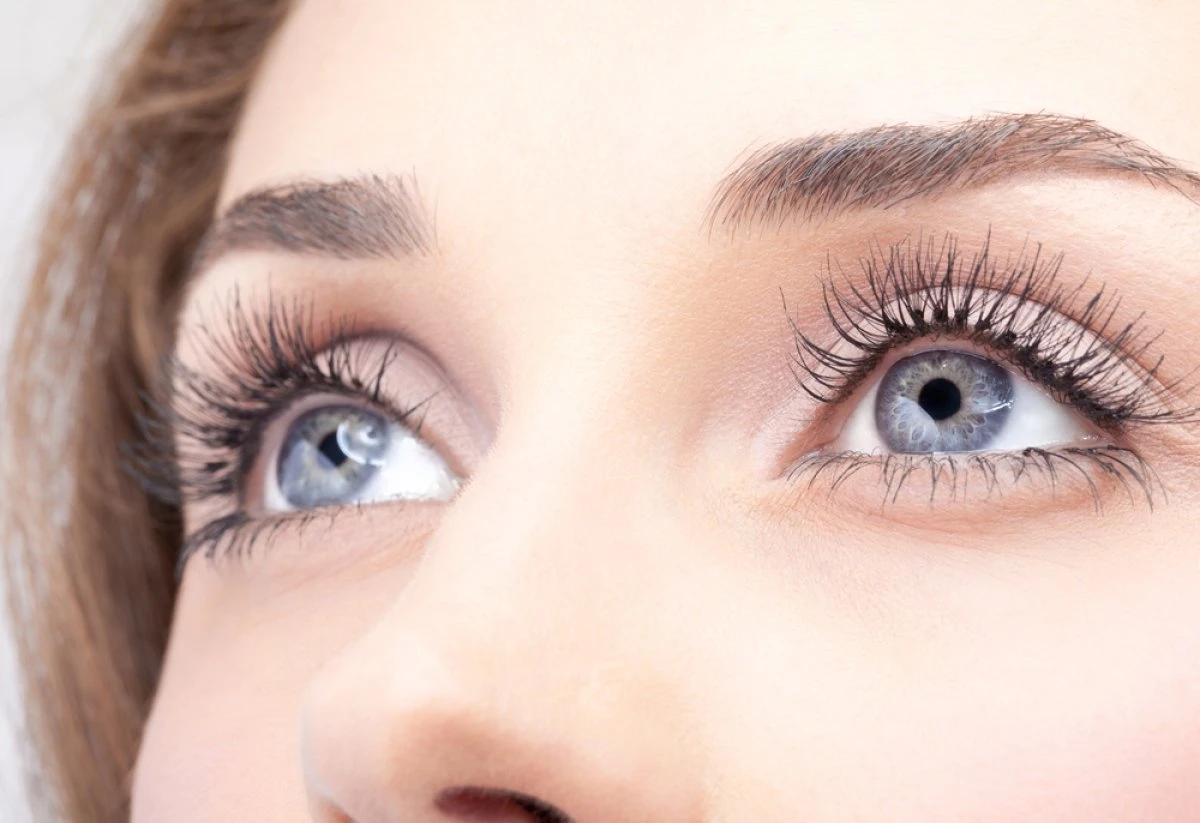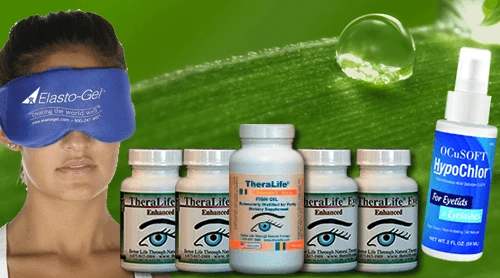Overview – punctal eye plugs for dry eyes
Tear helps keep your eye moist and comfortable. It is an excellent way to treat dry eye and maintain eye health. Dry eyes are caused by not producing sufficient tears or evaporating quickly. The inhibition of tear drainage resulted in increased tear volume and contact time of your natural tears on the ocular surface for an extended period.
Why are they useful?
They have been on the market since the 1970s and have become one of the most popular minor procedures today. One of the many reasons for this is that approximately 25% of tears are lost to evaporation. The remaining tears drain from the eyes through the tear duct opening on the upper and lower lids known as the lacrimal puncta. Maintaining a higher moisture level in the eye is often achieved through temporary remedies such as eye drops. But a more permanent method of symptom management can be performed with the insertion of punctal plugs. The punctal occlusion can provide relief with these plugs for dry eyes.
In some people, eye drops have proven not to work for people with dry eyes.
Punctal plugs can also be called tear duct plugs, lacrimal plugs, punctum plugs, or canalicular plugs for dry eye.
What is a punctal plug?
Eye professionals will recommend Punctal plugs for dry eye to keep eyes moist.
When you have a tear deficiency, your eye doctors will insert punctal plugs to prevent your tears from draining out.
Punctal plugs are tiny devices placed in the eye’s tear ducts (called puncta). Puncta are the tiny openings that drain tears from your eyes.
The puncta are the tiniest opening letting out your tears called tear duct. It has a diameter as small as one grain of rice to prevent liquid from leaving the eyes.
Punctal plugs are sometimes called fractal plugs, lacrimal drainage system plugs, or occluders of the tear duct. Usually, this punctal plug insertion occurs within the punctae in upper and lower lids or both.
Types
Punctal plugs are composed of several different kinds and determine their longevity in the eye.
- Atelocollagen absorbable punctal plugs are made of collagen or polymers and either dissolve by themselves or are removed by saline irrigation; occlusion duration ranges from 7-to 180 days. They are called temporary plugs.
- Silicone Punctal Plugs – Nonabsorbable plugs – These plugs are made of silicone; 2 main categories of silicone plugs are available for dry eye, capped punctal plugs, and intracanalicular plugs
- Thermoplastic plugs – These plugs are made of a thermosensitive, hydrophobic acrylic polymer that changes from a rigid solid to a soft, cohesive gel when its temperature changes from room temperature to body temperature
- Hydrogel plugs. They are semi-permanent plugs.
- intraconalicular plugs – or acrylic plugs. The first permanent plugs that your eye doctors will try typically consist of silicone or stable acrylic. They can last for years, but it is also possible to remove them if the body reacts negatively. These plugs may be visible, though usually not enough to be distracting. Intracanalicular plugs go further into the tear duct. They may stay in place for many years, offering a more permanent solution. As they sit more deeply in the duct, surgery may be necessary to remove them.
Eye doctors will try various plugs first to check how people react to them.
Retain medication
Lacrimal occlusion can be used to retain topical medications on the ocular surface. Here you can see the patient’s punctum before occlusion.
Lacrimal occlusion may be temporary, semi-permanent, or permanent -can be achieved using intracanalicular plugs, punctal plugs, or punctal cautery ( surgery).
Semi-permanent punctal plug. These are made of a longer-lasting medical plastic (such as silicone or acrylic). These plugs are designed to stay in the eye for years. They can be removed by your ophthalmologist if needed.
Another plug type is placed in a deeper part of the tear duct called the canaliculus. These plugs cannot be seen at all in the eye.
They are meant to remain in your eyes, although an eye doctor can remove them if needed. Semi-permanent plugs are made of materials such as acrylic or silicone.
How do they work?
One approach to treating dry eyes is plugging the openings to the tear ducts with tiny silicone plugs. These plugs close the small gap (punctum) that you have in the inner corner of your upper and lower eyelids. The closure conserves both your tears and artificial tears you may have added.
Typically, they treat dry eye syndrome clinical signs, especially if you are aqueous deficient.
While inserting plugs into your tear ducts, you will feel pressure as it reaches the eyelids. Once plugs are inserted in place, you should feel the relief immediately. Your eye doctor will examine your eyes to determine the most suitable for your needs.
Your surgeon will use a procedure called punctal occlusion surgery for insertion, which may be a temporary or long-term solution. The procedure is straightforward, but there is a slight risk of side effects. It is possible to remove the plugs if necessary, but serious problems are rare. In this article, we look at how punctal plugs work, what to expect during and after the
One approach to treating dry eyes is plugging the openings to the tear ducts with tiny silicone plugs. These plugs close the small gap (punctum) that you have in the inner corner of your upper and lower lids. The closure conserves the tears, and eye drops you may have added.
Effects of punctal occlusion on clinical signs and symptoms and tear cytokine levels in patients with dry eye
How are punctal plugs inserted into Tear Ducts?
Punctal plugs inserted by your eye doctor can be temporary plugs or permanent.
First, your eye doctor will examine your eye to figure out the best type and size plug for your needs. Your doctor may numb your tear ducts with anesthesia.
Your eye physician will measure your tear gland size to determine the correct size of the plug to stop the drainage of the water and keep the plug secure. Many eye care specialists only need an eye examination for the size of the punctals required for this procedure.
In some cases, a single-sized plug is a popular option. The eye doctor can inject nebulized punctal fluid into the area during the procedure.
It’s simple. Your doctor can do it in the office. The doctor will numb your tear duct and push the plug with forceps. The doctor may need to expand the duct opening with a lacrimal dilator tool which may feel strange, but it is not painful and only takes a few minutes.
The plugs come in various shapes, sizes, and colors. Your doctor will determine the best fit for you.
Insurance coverage
Medicare will cover the cost (or part of the cost) for chronic dry eyes, such as ointments and prescription medications.
Dry eye testing
Before inserting punctal plugs, your eye doctor will perform various tests to confirm the diagnosis and measure the severity. Your eye doctor also may try other treatments to help relieve your dry eye symptoms, including artificial tears.
Prognosis
A recent American Academy of Ophthalmology analysis of 25 studies has found they improve symptoms by at least 50%. They were also comfortable wearing contact lenses.
Side effects and complications
Although punctal plugs can relieve chronic dry eye, it does have their risks.
The most common is pressure, as the punctum plug is placed in your eyelid. After the punctal plugs are inserted, you can usually return to your normal activities right away.
Discomfort
The most common side effect has a scratchy feeling in the corner of your eye for extended periods. Many people find this feeling goes away, or they get used to it.
Other side effects and risks may include the following:
Punctal plugs might make your eyes watery- requiring removal. People with chronic dry eyes do not produce enough tears. The tears they make are of low quality-can cause the eyes to feel dry throughout the day, which stimulates the body to produce more tears. These tears are often very watery and do not hydrate the eye well.
Still, the constant signal to the body to create more tears leads to continuous leakage from the eyes throughout the day. Punctal plugs help to lubricate the eyes, which can alleviate the symptoms.
Eye infections
If you feel discomfort or suspect you have an eye infection or other complication, be sure and notify your eye doctor. If removal is considered necessary, your eye doctor may use forceps to grasp and extract the plug. Another removal method involves flushing with a saline solution, which forces it to exit into the nose or throat.
Do not respond to plugs
A common side effect is a scratchy, slightly irritating sensation in the eye. Most people acclimatize to this feeling or find it disappears after a while. Some people do not respond well to the plugs, and it may be necessary to remove them. Other side effects can include inflammation.
Punctal plugs. Possible risks and side effects
Unlike many other treatments, plugs have a risk and may lead to side effects.
Scratchy
You can feel a scratching feeling under your eyelids. Most people feel like the feeling disappears.
An allergy to the plugs is rare. The most common materials used to make them are collagen, silicone, and acrylic polymer. A plug that sticks out or is the wrong size can rub against the surface of your eye. Sometimes the damage is so minor you don’t notice it. The doctor may strain your eye to check cause little ocular discomfort.
That’s why follow-up exams are crucial even if you think nothing is wrong.
Patient Selection Contraindications to lacrimal occlusion include significant inflammation of the ocular surface; inflammation of the eyelids; active infection of the lacrimal system (dacryocystitis); epiphora; and silicone allergy (for silicone plugs); or allergy to bovine collagen (for temporary collagen plugs).
It is advisable to ensure no abnormal discharge indicative of infection associated with the lacrimal drainage system by applying slight manual pressure to the area.
Punctal occlusion is commonly considered and highly indicated in patients with symptoms.
They can stay in place for many years. One drawback: Removal may require surgery.
Punctal plugs side effects and problems.
Often punctal plug insertions are uneventful and rarely cause any adverse reactions.
Often excessive tears and watery eyes are caused by a punctal plug. The faulty plug may be dislodged by someone touching their eyes. If this happens, you will be required to have the plug removed or the replacement shaved out for tear control.
Often eye infections are induced by the device.
When should punctal plugs be removed?
Nevertheless, a semi-permanent punctal plug can be inelastic and easily be replaced.
During a removal, you will be forced to use forceps. One other removal method is flushing with water which forces an opening into the nose where the tear duct carries out. It will help if you inform your eye doctor immediately after experiencing discomfort.
Removing Punctal Plugs
Your surgeon will use a procedure called punctal occlusion surgery for insertion, which may be a temporary or long-term solution. The procedure is straightforward, but there is a slight risk of side effects. It is possible to remove the plugs if necessary, but serious problems are rare.
There is some reason to remove punctal plugs. Those are uncomfortable, or they are susceptible to infection if they do so. Tell the eye doctor if you are experiencing any pain. These symptoms suggest requiring an inspection and can remove the punctal plug.
An operation with forceps can remove the tear plugs easily.
It’s possible to remove these plugs using a saltwater solution.
Occasionally eye doctors may operate to remove the holes in the tear duct.
Are Punctal Plugs for You?
Learn how TheraLife can relieve dry eyes before considering artificial tear use or tear duct plugs?
Learn how TheraLife can treat dry eyes without eye drops. Increase your tear production. Relieve with your own tears.





